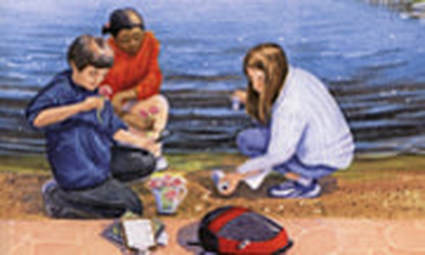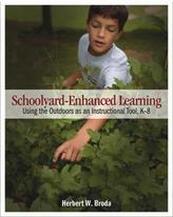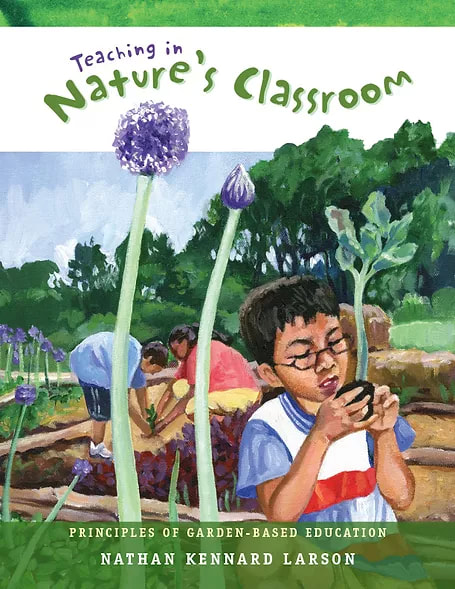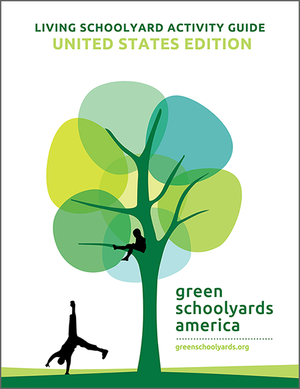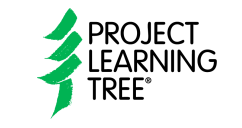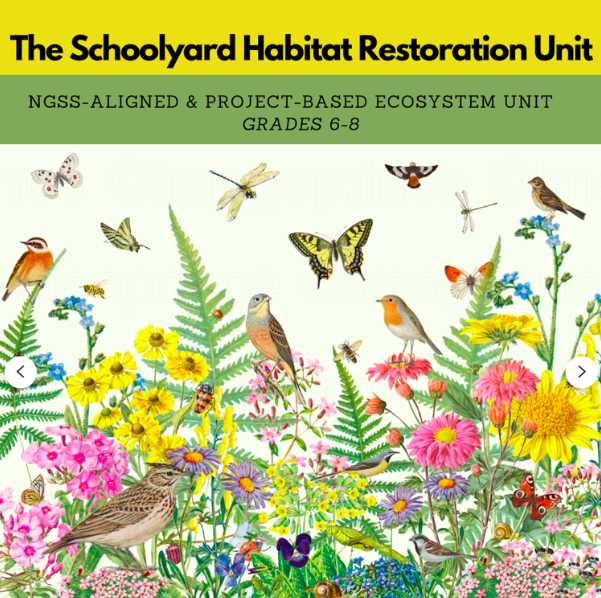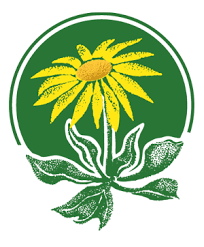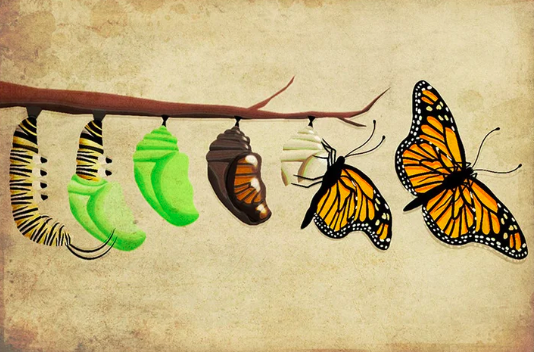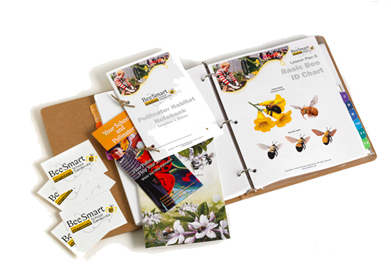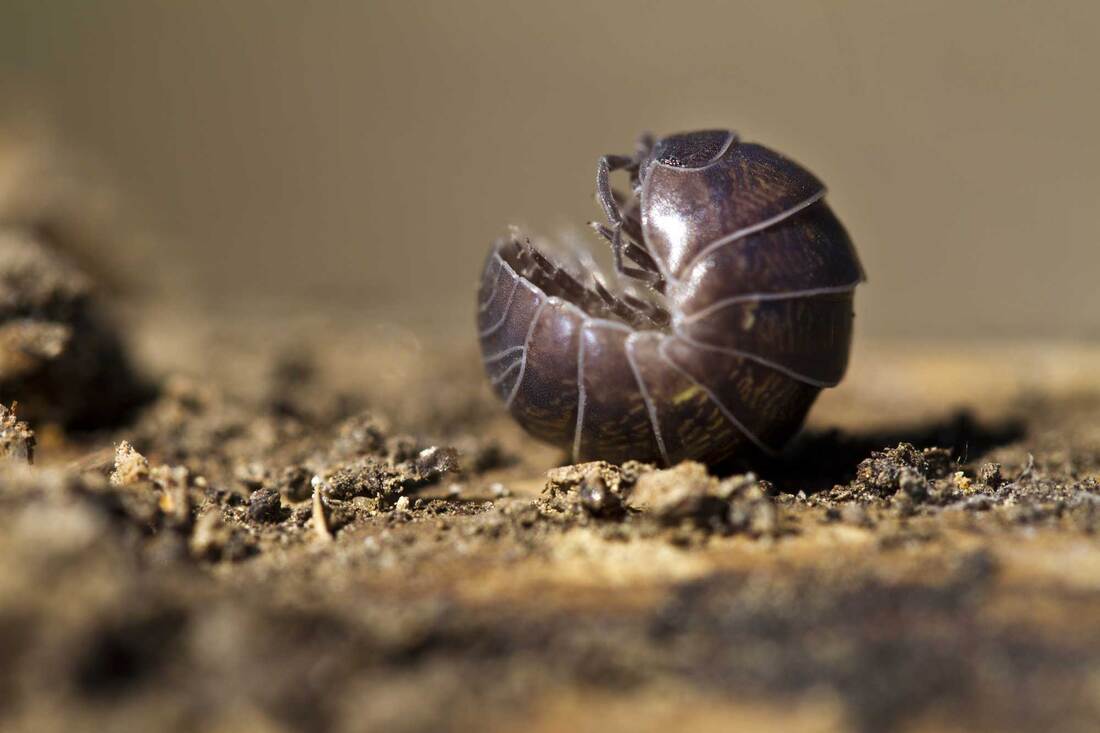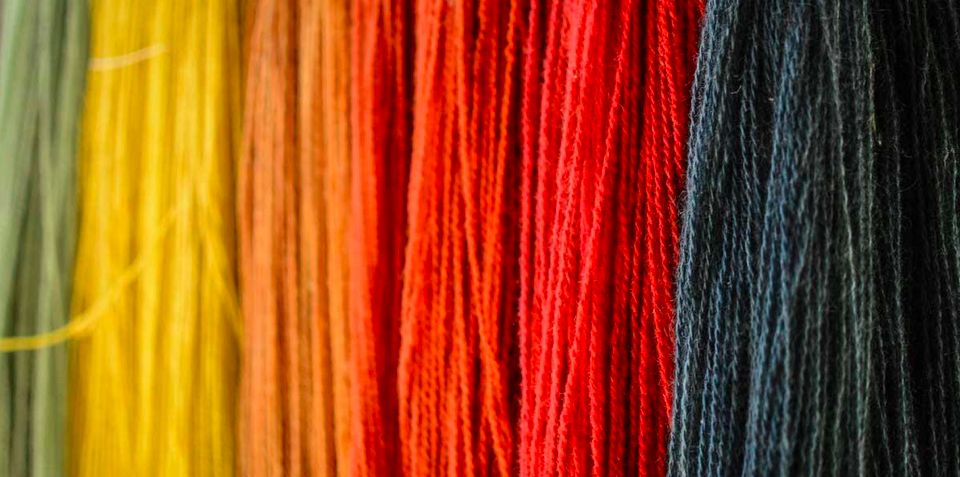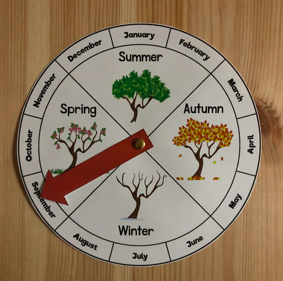LEARNING ECOSYSTEMS
|
Acorn Naturalists - A fantastic collection science and environmental education supplies for teachers, outdoor educators, schools, educators, entomologists, trackers, storytellers, parents and their children.
|
|
No Student Left Indoors - Nature is not a destination, it is everywhere — including right in your own schoolyard! This essential educator’s guide helps students discover, observe, and record nature in their urban, suburban, or rural schoolyard. A wonderful multidisciplinary hands-on project that teaches children to learn to appreciate nature…and find it in the most unexpected places.
|
|
Opening the World Through Nature Journaling by John Muir Laws. A free download that includes great kid tested sketching activities, poetry writing, and more detailed tips on drawing in nature (you will love the material on drawing plants). This is a great resource for teachers, outdoor leaders, and home school parents.
|
|
Schoolyard-Enhanced Learning - Shows how the school grounds—regardless of whether your school is in an urban, suburban, or rural setting—can become an enriching extension of the classroom. This comprehensive handbook blends theory and practice, providing readers with practical suggestions and teacher-tested activities for using the most powerful audio-visual tool available—the outdoors. Schoolyard Ecology-Students become schoolyard ecologists, learning key ecological and biological concepts as they investigate the multiplicity of life.
|
|
Teaching in Nature's Classroom - In a garden we are able to cultivate children's love of learning and connection to life. This book presents 15 guiding principles of garden-based education.
|
|
Schoolyard Activities by Green Schoolyards. This free guides for schools are a compilation of activities, aligned with standards for 3-18. See the chapters on Wildlife Habitat and Watershed Stewardship in the Living Schoolyard Guide. Other editions are also available in Chinese and Spanish.
|
|
Outdoor Biology Instructional Strategies (OBIS) by the Lawrence Hall of Science. This curriculum was developed in the 1970s to help adults take young people outdoors to experience ecological principles in their local area. Activities are versatile, easy to lead, easy to prepare and require mostly simple or homemade equipment.
|
|
Project WILD is a wildlife-focused conservation education program for K-12 educators and their students.
|
|
Symbiotic Schoolyard Curriculum includes NGSS-aligned and project-based curriculum, with 13 detailed lesson plans, handouts, PowerPoints, and more!
|
|
Five Hundred Yard Field Trip
A series of curriculum units for teachers, parents, youth leaders. The goal of the Five Hundred Yard Field trip is to help students create a habitat using native plants and learn about the ecosystem created. Includes "Pussytoes Project" (K-2) and "Caterpillarpalooza" (3-5). |
NATIVE PLANTS |
|
Kid's Corner & Other Native Plant Activities & Native Plant Education
The California Native Plant Society (CNPS) offers a range of native plant curriculum and activities for kids - including nature journaling, native plant walks, botanical games and word puzzles, instructions for pressing flowers and making homemade herbariums, etc. |
|
Native Plant Curriculum by Save the Bay
|
|
Native Plant Cards by Calscape
Calscape offers the option to print Native Plant Cards to help introduce your students to native plants and their ecosystem value. Simply click 'Print Plant Sign' found at the bottom of each plant page. |
|
Native Plant Educational Resources by the Golden Gate National Parks Conservancy
|

Affordable pre-designed signs for your garden can be ordered from the Life Lab website.
Pollinators & bugs
|
Teachers & Educators by Xerces Society for Invertebrate Conservation
The Xerces Society has created some wonderful educational resources about pollinators. |
|
Pollinator Cards by Life Lab
|
|
WWF Teaching Tools about Monarchs
This resource guide, interactive classroom presentation, posters, and word puzzles are designed to give you all the information you need to teach your students fun monarch facts, and information on why they matter, what threats they face, and what kids can do to help. |
|
Butterfly Life Cycle
|
|
Bees and Plant Pollination Activity (Grades 2-6)
|
|
Bee Habitat Observation Worksheet (Grades 2-6)
|
|
Bee Smart School Garden Kit by Pollinator Partnership
|
|
Pollinator Quest by Captain Planet Foundation
|
BIRDS
|
Download BirdSleuth’s Explorers Guide for a Habitat Scavenger Hunt (you can receive 10 laminated Habitat Scavenger cards and 10 Bird Bingo cards for $10). BirdSleuth also offers ideas for making DIY bird feeders which are great for aiding bird observation.
|
|
Cornell University has developed a wonderful Citizen Science program called Nestwatch which is linked to a 5-8 grade free curriculum called Thinking Outside the (Nest) Box.
|
soil & the living soil food web
|
All About Soil by The Outdoor Garden Classroom
Lessons for 3rd graders about soil, water absorption, amendments, composting, and worms. |
|
Soil Food Web
Learn about the magical microcosmos! If your school has a microscope it can be especially fun to watch these microorganisms move around under a lens. |
|
Soil Texture Ribbon Test
An easy and fun activity to find out the texture of your soil (ratio of sand-silt-clay). |
|
Complete Soil Testing Handout
Take a soil profile sample, determine your soil texture, and test your soil pH. |
arts & Ecology
|
Fibershed Learning Center in Point Reyes Station, California
|
|
Create a Seasonal Wheel
Every place has its own set of seasonal events that nature unfolds every year, and creating a seasonal wheel is one of the easiest and most effective teaching tools to help students have a relationship with their home-place. Developing a seasonal wheel is a highly adaptable project suited for classes of various sizes and grade levels. |
books
|
School Garden Literature Database by Growing Minds
|
Recommended Habitat-Inspired Children's Books:
|
A Butterfly is Patient by Long Aston
Monarch and Milkweed by Gore Frost There’s a Hummingbird in My Backyard by Gary Bogue On Meadowview Street by Henry Cole Planting the Wild Garden by Kathryn O. Galbraith Outside Your Window, a First Book of Nature by Nicola Davies |
|

